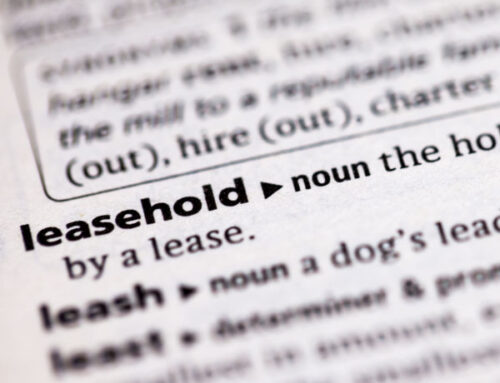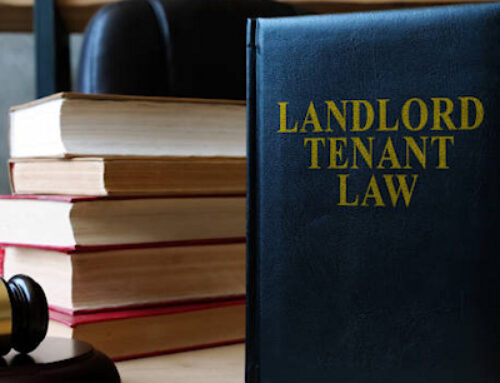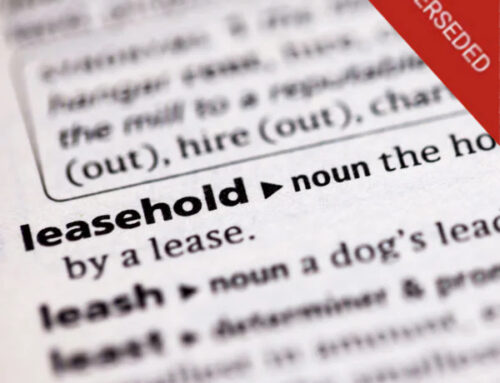Fire safety regulations 2022 now in force
The National Fire Chiefs Council have recently published this very helpful video about the recent changes to fire safety law and how they effect tenants, leaseholders and landlords.
Please do take a few minutes to watch the video; further details are outlined below including further helpful links.
This information below has been taken from guidance developed by the property industry regulator ‘Propertymark’:
Background:
In April 2021, the UK Parliament passed the Fire Safety Act 2021 which set out new regulations for England and Wales. The aim of the legislation is to prevent further tragedies such as the Grenfell Tower fire from occurring.
Fire Safety (England) Regulations 2022
Following the implementation of the Fire Safety Act 2021, additional measures have been passed for England. The Regulations introduce new responsibilities under the Fire Safety Order and expands upon the Regulatory Reform (Fire Safety) Order 2005 in England.
- The Fire Safety (England) Regulations 2022 come into force on 23 January 2023.
NB: This FAQ document covers the new measures for England as well as the implications of the Fire Safety Act 2021.
What is the Fire Safety Order?
The Fire Safety Order is the fire safety legislation in England and Wales which regulates buildings and sets out responsibilities for individuals subject to the Order.
What does the Fire Safety Order cover?
The Fire Safety Order was introduced in October 2006 and covers the ongoing fire safety management of a building while occupied. It applies to all non-domestic premises in England and Wales such as workplaces and commercial buildings. It includes the non-domestic parts of multioccupied residential buildings such as the internal areas of blocks of flats as well as houses converted into two flats or into houses in multiple occupation.
What does this mean?
The Fire Safety Order requires a responsible person to undertake, and review regularly, a fire risk assessment of the building and maintain precautions that manage the risk of fire.
Who is a responsible person?
This will depend on the type of property. In residential buildings someone will likely be the responsible person if they own the building, but only in relation to the non-domestic parts i.e., freeholder or landlord but it could be someone who has control over the building i.e., managing agent, landlord or letting agent.
What are the responsible persons’ responsibilities?
- Regularly review the fire risk assessment of their building(s), particularly to take into account the structure, external walls and flat entrance doors if they have not already done so.
- Update the first risk assessments to take account of the structure, external walls and flat entrance doors.
- Appoint a specialist who will carry out the fire risk assessment, such as a qualified specialist assessor who may consider a more in-depth assessment if there is a potential high risk of fire.
- Fill in the Fire Risk Assessment Prioritisation Tool.
What is the Fire Risk Assessment Prioritisation Tool?
The Fire Risk Assessment Prioritisation Tool requires responsible persons to answer a series of questions regarding the nature of their property.
The Tool then ranks buildings on their potential fire risk, based on the answers provided. The next steps for responsible persons will be determined by the level of risk of the building.
NB: Fire Risk Assessment Prioritisation Tool https://bpt.homeoffice.gov.uk/
What about duty holders?
In certain circumstances an individual may not be the responsible person but may still be a duty holder with some responsibilities under the Fire Safety Order if they have some control within the premises. Consequently, a duty holder is someone who has control of a building under a contract or tenancy agreement for two things. Firstly, the maintenance or repair of the building. Secondly, the safety of the building. A duty holder will usually be a managing agent, fire risk assessor or fire alarm engineer.
Shared premises
Shared premises are likely to have more than one responsible person and/or duty holder. In this scenario all parties will need to co-operate and co-ordinate, such as informing each other of fire safety risks, to comply with the requirements of the Fire Safety Order.
What is new under the Fire Safety (England) Regulations 2022?
The Regulations apply to all buildings in England that comprise two or more domestic premises (including the residential parts of mixed-use buildings) although there are more requirements depending on the height.
What do tenants and occupiers need to know?
As part of the fire risk assessment, a fire action plan should be produced that advises about the necessary changes to the fire safety arrangements for the building, should any be required, such as timescales for completion of any recommended actions by the responsible person.
NB: Anyone who will be affected by the fire risk assessment should be made aware of any significant findings. In a block of flats this usually means a standard fire safety notice, but otherwise a separate plan of information for the building may be required.
How are the rules enforced?
Where a responsible person or duty holder breaches the Fire Safety Order, they may be subject to an enforcement notice or prosecution. Under the Order, local fire and rescue services can inspect premises and issue enforcement notices. Additionally, prohibition notices can also be issued which restrict or stop the use of the building.
NB: In the case of a fire, legal action can be taken against the responsible person if it can be shown that guidance was not followed.
Further information relating to fire safety for properties, can be found here: https://www.pace-properties.com/fire-safety/








